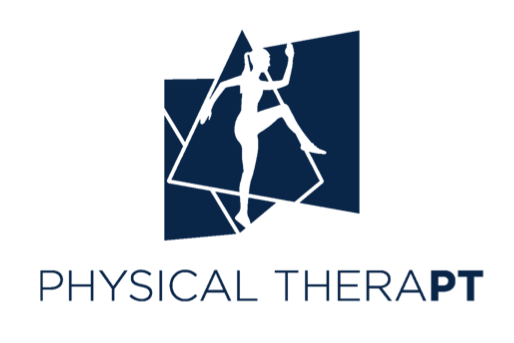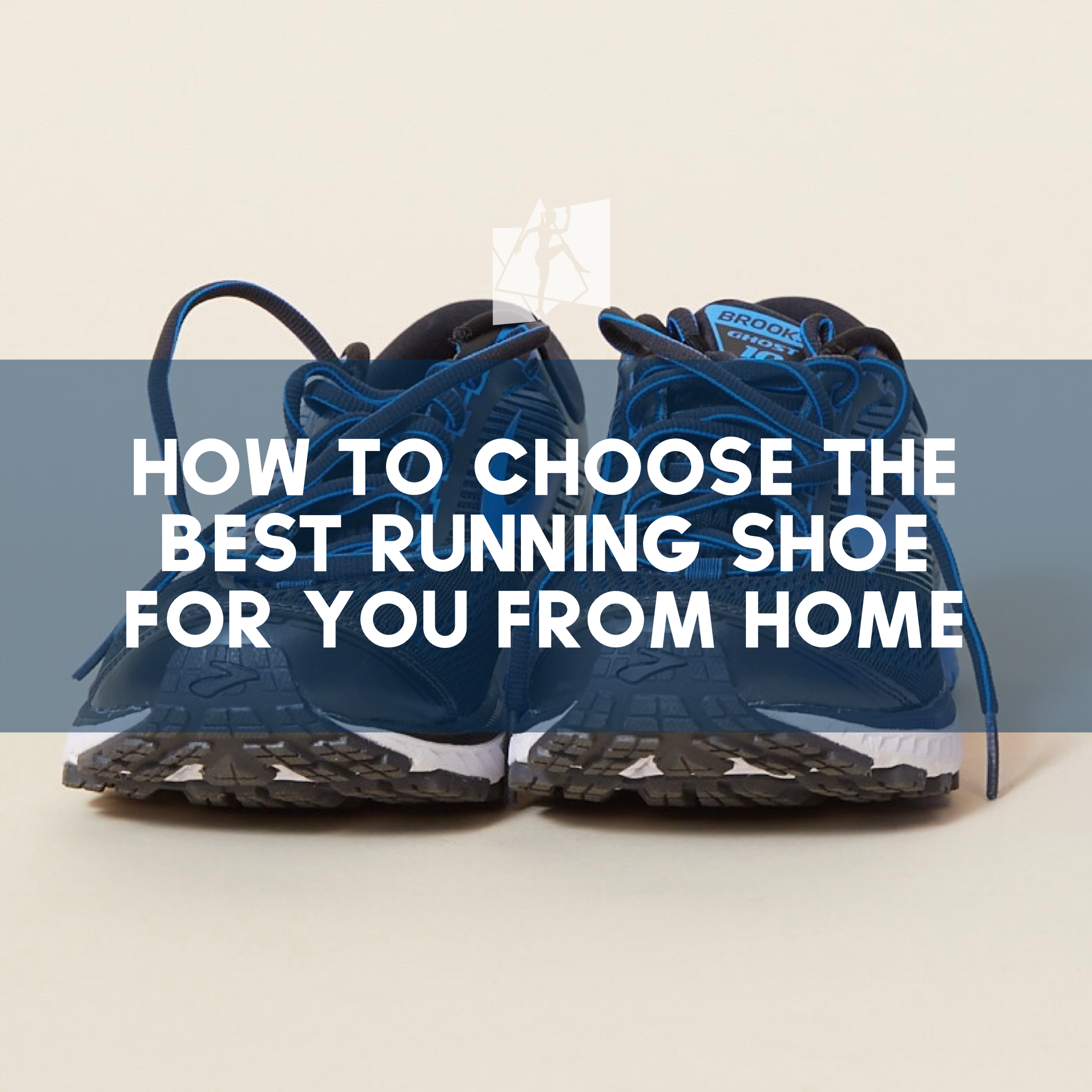With many of us turning to running for exercise during this quarantine, there are probably more than few of you with questions regarding shoe-wear. If you’re looking to make a purchase, there’s a good chance you feel overwhelmed with the many options out there...Nike Free or Pegasus? Hoka or Brooks? Do I need motion control, cushion? And what’s this about heel drop??
When it comes to shoes, there are some strong opinions- each group claims their way is best. For example, if you read this month’s book review “Born to Run.” you would have heard a lot about the barefoot running movement and could feel swayed to ditch shoes altogether. Before you take that leap, let’s sit down and review the research regarding running shoes to make an informed evidence-based decision.
Standard / Conventional Running Shoe
Hard outsole with cushioned midsole, made up of multiple layers, with material added to the arch or heel to create support and stability.
This can vary from “neutral” to “motion control”. Typically with a 10-12 mm heel drop (we’ll discuss this more below) resulting in a raised heel.
A study in 2014 by Saragiotto looked at what runner’s perceived as causes of running injuries, and (you guessed it) the majority selected “wrong running shoes for foot type”. But Knapik et al. 2014 studied the effects of shoewear by assigning shoes based on arch type - low, normal, high - against controls in a standard shoe, and found the various shoes made no significant difference on injury rate.
Want to learn more about your arch type? Dip your foot in water, then immediately step onto a brown paper bag. Compare your imprint to the three above. The latest research disproves choosing a shoe based solely on arch type.
Minimalist
A shoe that “minimally interferes with natural movement of the foot due to high flexibility, low heel to toe drop, [low] weight and stack height, and absence of motion control and stability devices” (Esculier 2015) In other words, a shoe to mimic barefoot running. It is suggested this type of shoe increases running cadence, alters foot strike patterns (heel vs. toe) and reduces loading rates.
Born to Run (2009) discusses evidence that, like Liberman et al. 2010, support these ideas that running shoes do not prevent injury and in fact negatively affect natural run mechanics which could lead to injury. Liberman et al. found barefoot or minimal shoe runners to have dramatically lower impact loads due to forefoot strike.
However in another study four years later, loading rates were found to be 62% higher in the Nike Free minimalist shoe (Willy and Davis 2014). Wait, but that contradicts what was just discussed!
When the long-term effects of minimalist shoes were then studied, stride and footstrike patterns remain unchanged after a 6-month transition to minimalist footwear (Fuller et al. 2018) and were no more protective against injury than standard shoes (Warne and Gruber 2017, Fuller et al. 2017) - neither minimal nor standard shoes were projective against injury. There are conflicting findings on the effect of minimalist shoes and no evidence that this shoe is protective against injury.
Zero Drop
Shoe drop refers to the difference in height between heel and ball of the foot. Therefore zero drop means no difference between the two, which may lead to a more fore-foot strike running pattern. This is typically present in minimalist shoes; zero drop shoes may include cushioning or rigidity that minimalist shoes would not.
RCTs in 2016 & 2017 found no change in running mechanics or difference in injury rates respectively across runners who were transitioned to either zero-drop, mid-drop, or high-drop shoes. (Malisoux 2016, 2017)
But there is a difference in load distribution with zero drop shoes, minimalist design or otherwise. Load is distributed more to the Achilles & calf musculature in zero drop, while more to the knee with higher drop. Both can result in injury so this is not as important for injury prevention, but is important for injury recovery! Knowing what the shoe is doing for you can impact your return from injury.
Maximalist
Basically, the opposite of minimalist shoes: a large, very cushioned shoe with a wide profile. Designed with ultramarathoners in mind, these shoes are meant to provide a great deal of external shock absorption.
One small study in 2018 compared just short term adaptation to maximalist and minimalist running shoes and found run mechanics changed in minimalist shoes with an injury rate of 47%, while no change in mechanics for those in maximalist shoes and 0% injured (Agresta et al.). Despite being around since 2010, there really is not a great deal of research on these shoes to date.
If not shoe-wear, what does reduce running related injuries? In Napier & Willy’s 2018 review of the evidence, they assert education on “appropriate training practices should be the cornerstone of runner education efforts.” They highlight a study by Hespanhol et al. 2018 in which “a tailored, online education program delivered every 2 weeks reduced running related injuries by 13% compared with a single session of general education.” Malisoux 2015 also found that rotating shoes resulted in a 39% reduced risk of running injury.
So now you know the evidence:
Arch type doesn’t correlate to shoe choice
There is no best shoe type for injury prevention
One footstrike pattern isn’t better than the other - they create different loading patterns with their own potential injuries
What next?
Meet with a PT or ATC, whether in person or via telehealth, to establish an individualized exercise program and running plan. Discuss potential shoe choices to help direct towards perhaps what may fit your needs best. Then find a pair of shoes that feels good to your feet! And then do it again. Rotate between these shoes as you follow a strength-based cross training routine and graduated running program. And just like the Tarahumara...run for the enjoyment of it!
References:
Saragiotto BT, Yamato TP, Lopes AD. What do recreational runners think about risk factors for running injuries? A descriptive study of their beliefs and opinions. J Orthop Sports Phys Ther. 2014 Oct;44(10):733-8.
Knapik JJ, Trone DW, Tchandja J, Jones BH. Injury-reduction effectiveness of prescribing running shoes on the basis of foot arch height: summary of military investigations. J Orthop Sports Phys Ther. 2014 Oct;44(10):805-12
Esculier, J., Dubois, B., Dionne, C.E. et al. A consensus definition and rating scale for minimalist shoes. J Foot Ankle Res 8, 42 (2015). https://doi.org/10.1186/s13047-015-0094-5
Lieberman, D., Venkadesan, M., Werbel, W. et al. Foot strike patterns and collision forces in habitually barefoot versus shod runners. Nature 463, 531–535 (2010).
Willy RW, Davis IS. Kinematic and Kinetic Comparison of Running in Standard and Minimalist Shoes. Med Sci Sports Exerc. 2014 Feb;46(2):318-23.
Fuller JT, Thewlis D, Tsiros MD, et al. Longer-term effects of minimalist shoes on running performance, strength and bone density: a 20-week follow-up study. Eur J Sport Sci 2018:1–11
Warne JP, Gruber AH. Transitioning to minimal footwear: a systematic review of methods and future clinical recommendations. Sports Med Open 2017;3:33–5
Fuller JT, Thewlis D, Buckley JD, et al. Body mass and weekly training distance influence the pain and injuries experienced by runners using minimalist shoes: a randomized controlled trial. Am J Sports Med 2017;45:1162–7
Malisoux L,Chambon N, Urhausen A, et al. Influence of the heel-to-toe drop of standard cushioned running shoes on injury risk in leisure-time runners: a randomized controlled trial with 6-month follow-up. Am J Sports Med 2016;44:2933–40
Malisoux L,Gette P, Chambon N, et al. Adaptation of running pattern to the drop of standard cushioned shoes: A randomised controlled trial with a 6-month follow-up. J Sci Med Sport 2017;20:734–9
Agresta C, Kessler S, Southern E, Goulet GC, Zernicke R, and Zendler JD. Immediate and short-term adaptations to maximalist and minimalist running shoes. Footwear Science 2018 10:2, 95-107
Napier C, Willy RW. Br J Sports Med 2018; 0:1-2
Hespanhol LC, van Mechelen W, Verhagen E. Effectiveness of online tailored advice to prevent running-related injuries and promote preventive behaviour in Dutch trail runners: a pragmatic randomised controlled trial. Br J Sports Med 2018;52:851–8
Malisoux L1, Ramesh J, Mann R, Seil R, Urhausen A, Theisen D. Scand J Med Sci Sports 2015 Feb;25(1):110-5.






